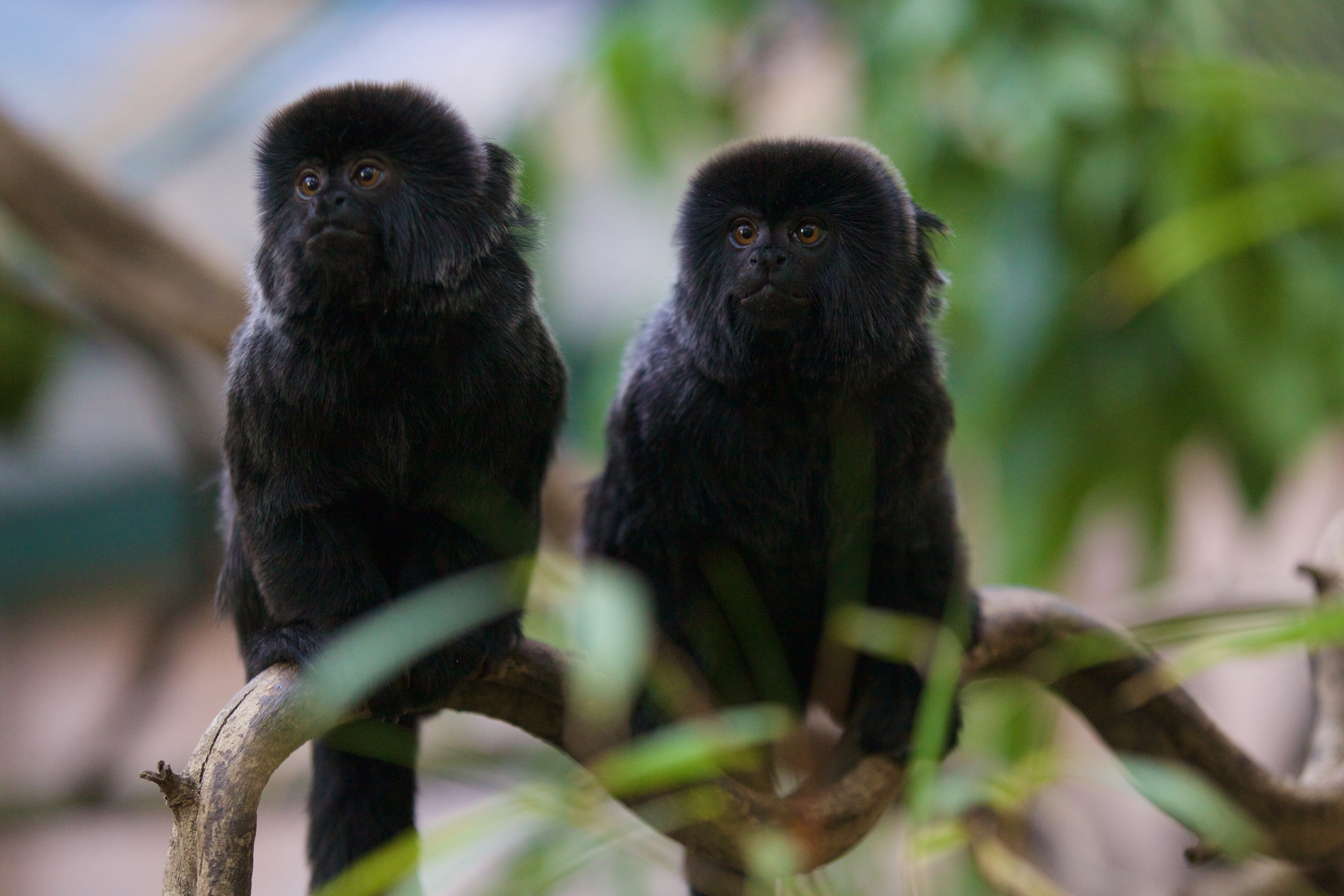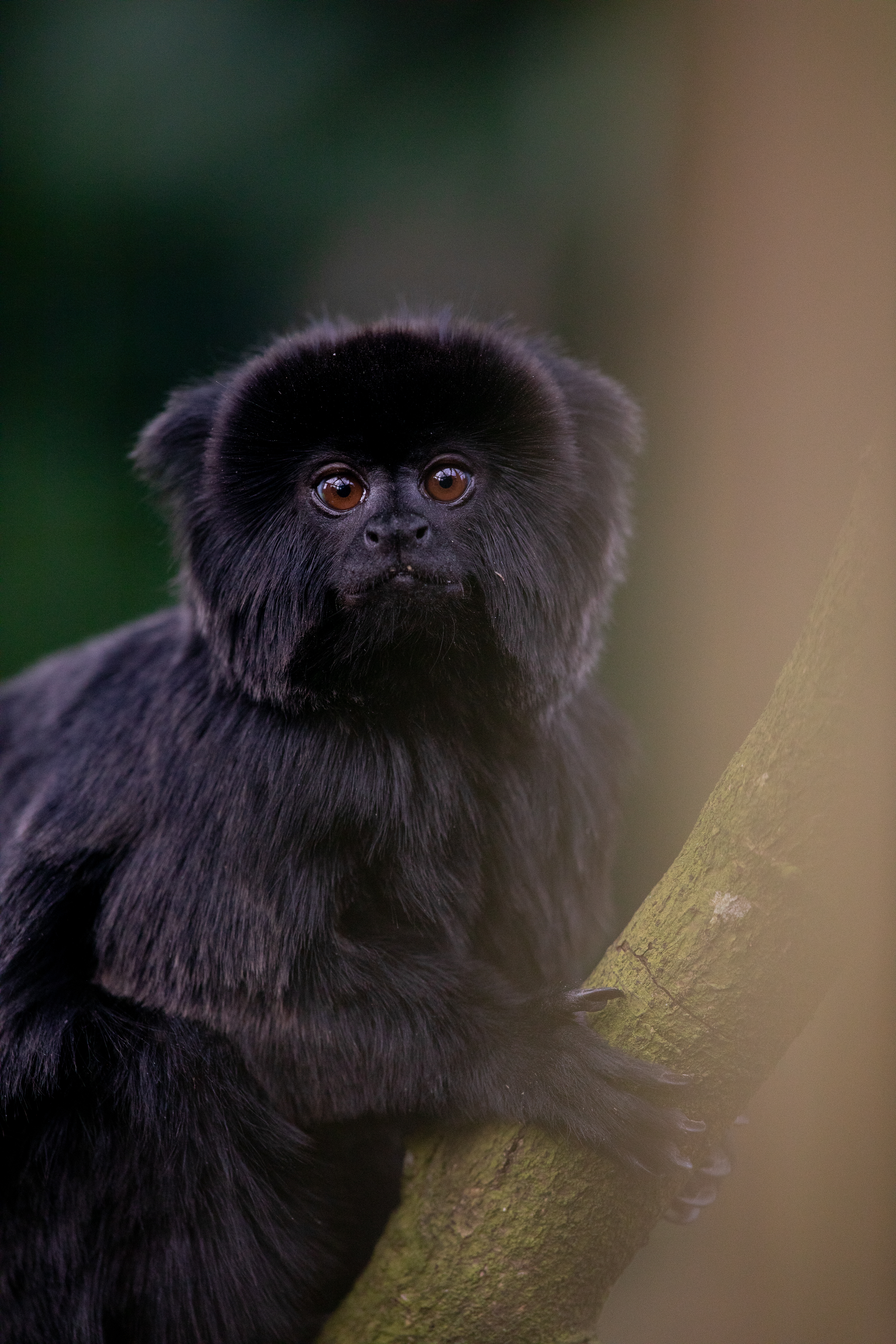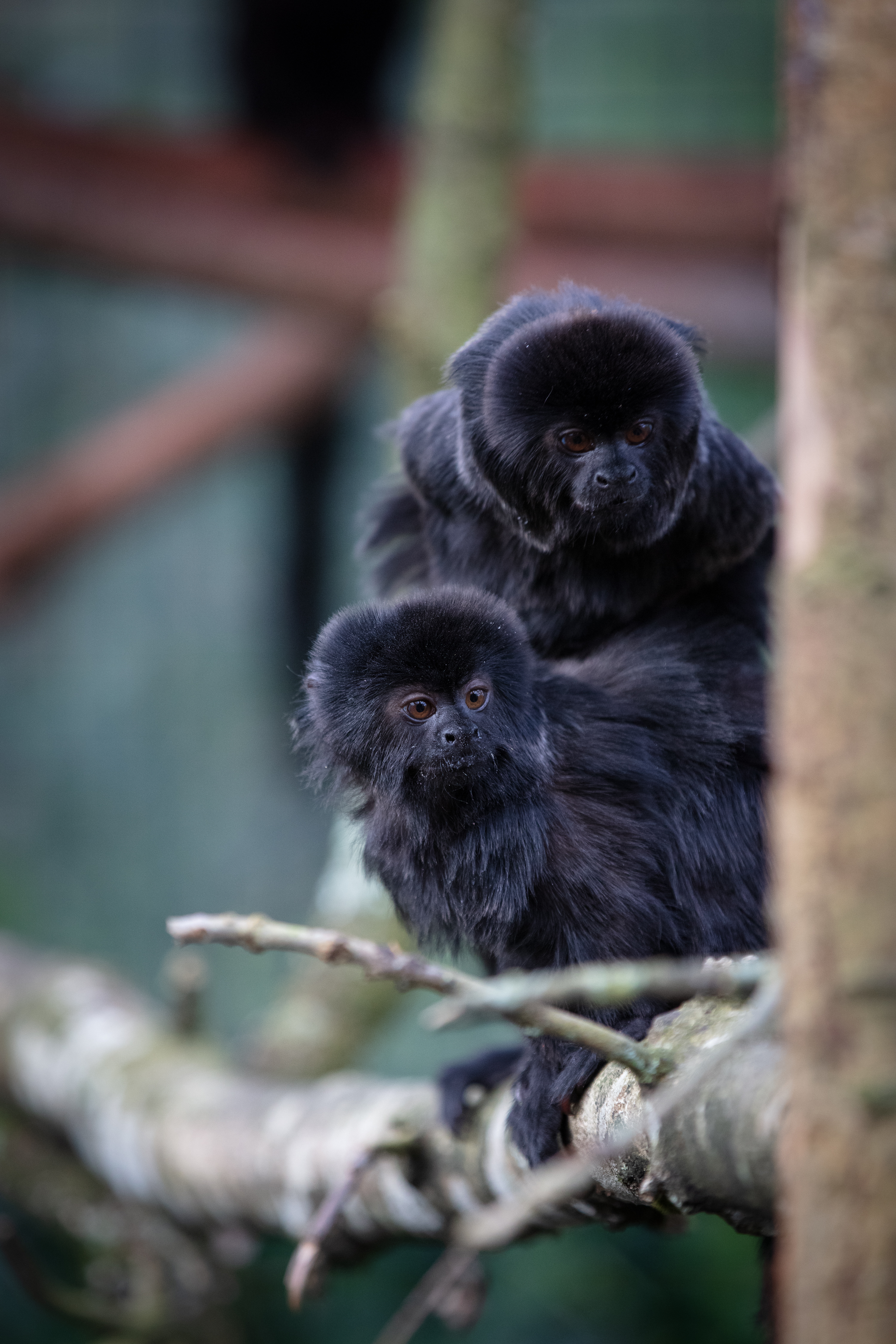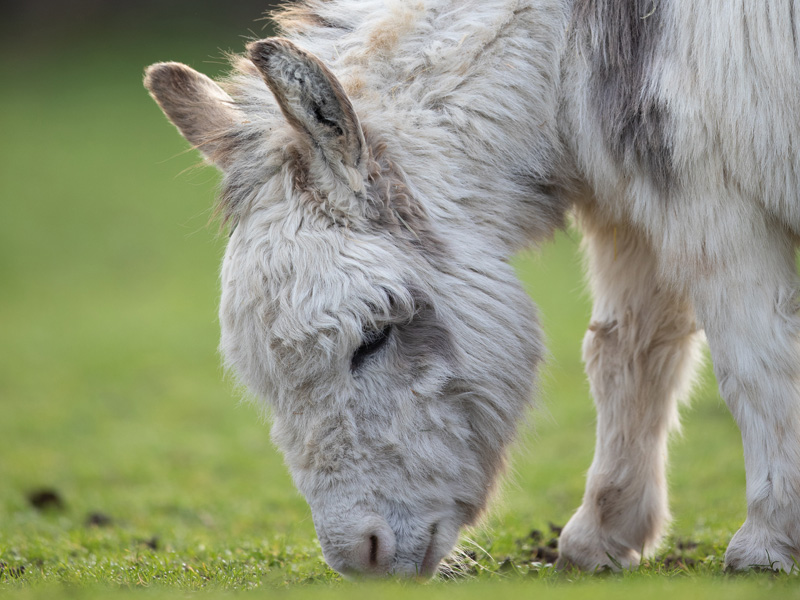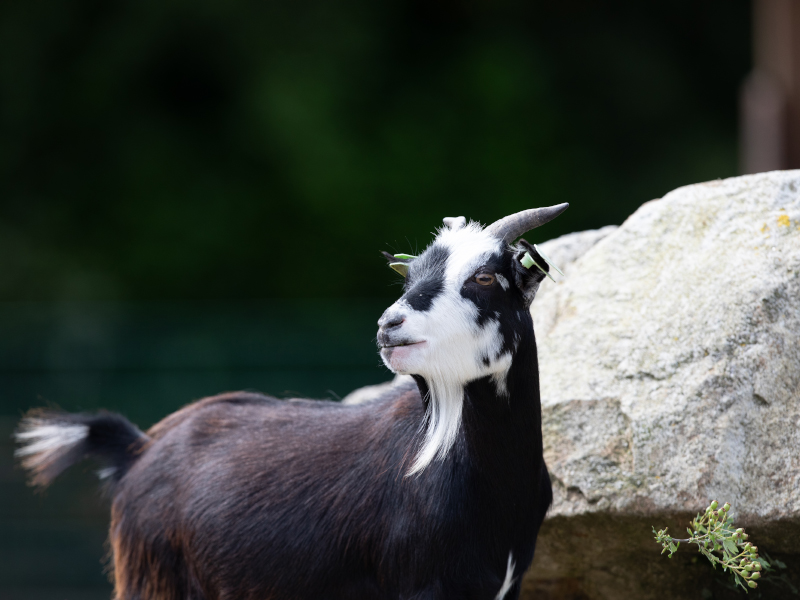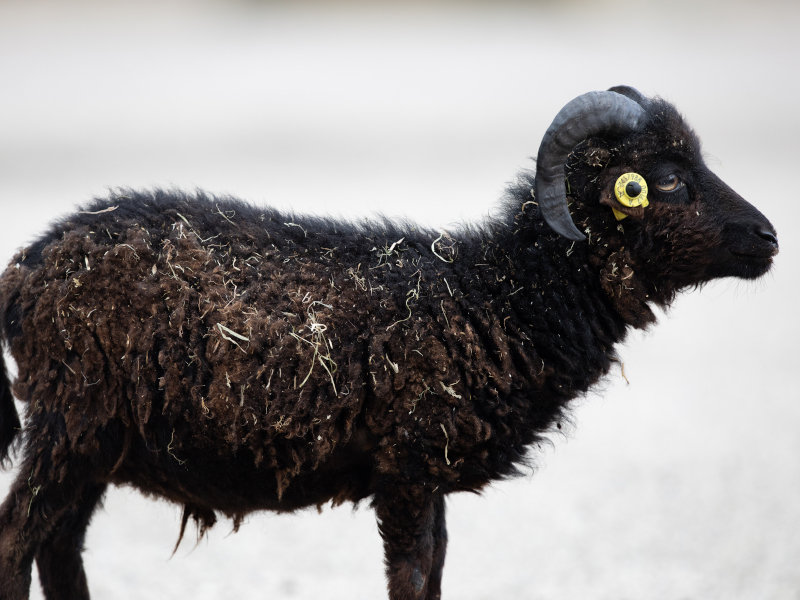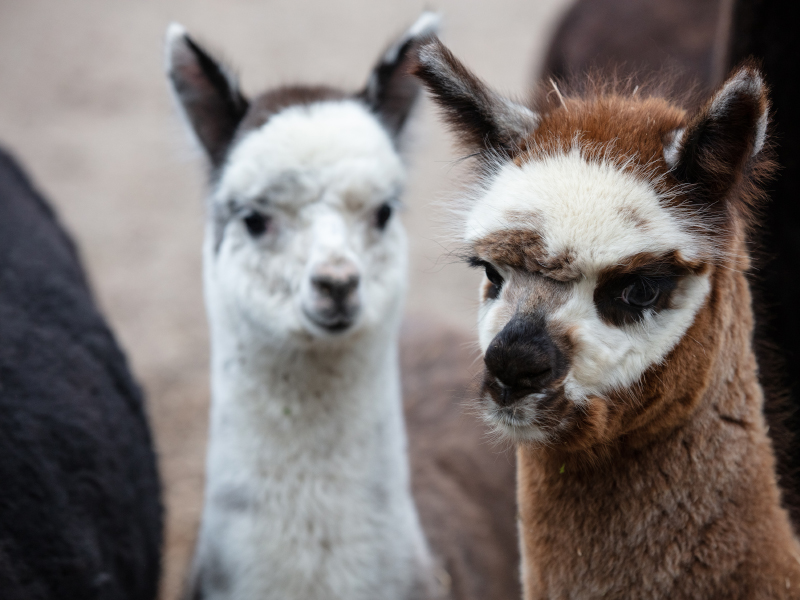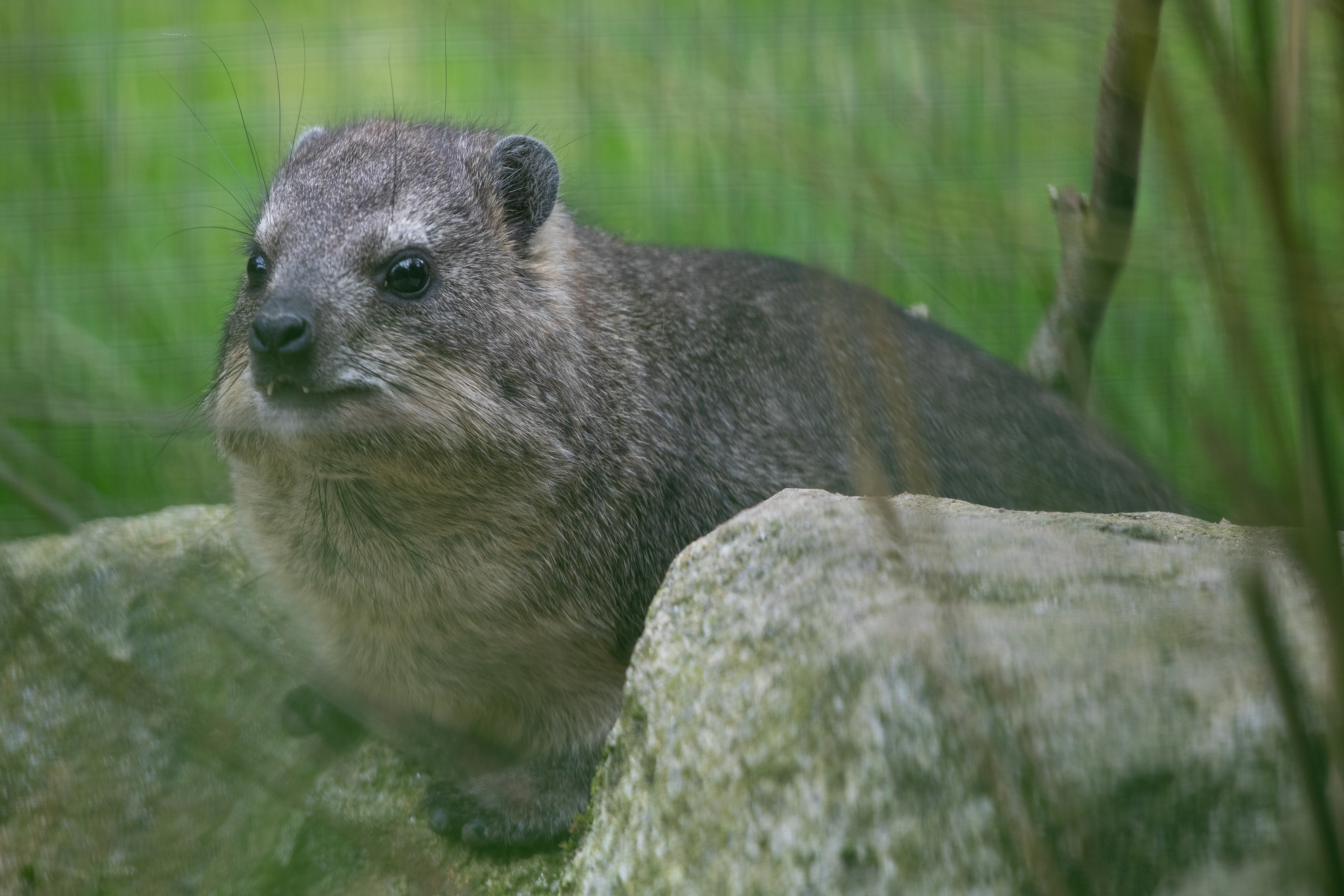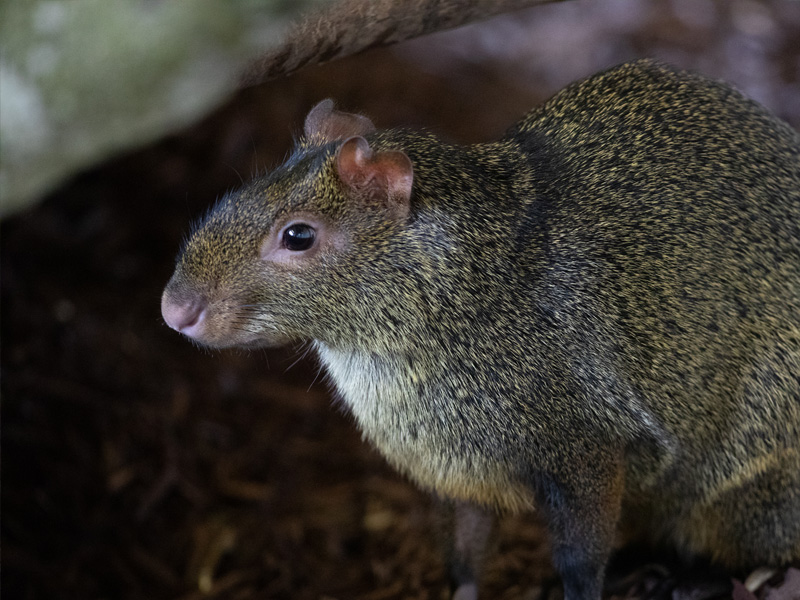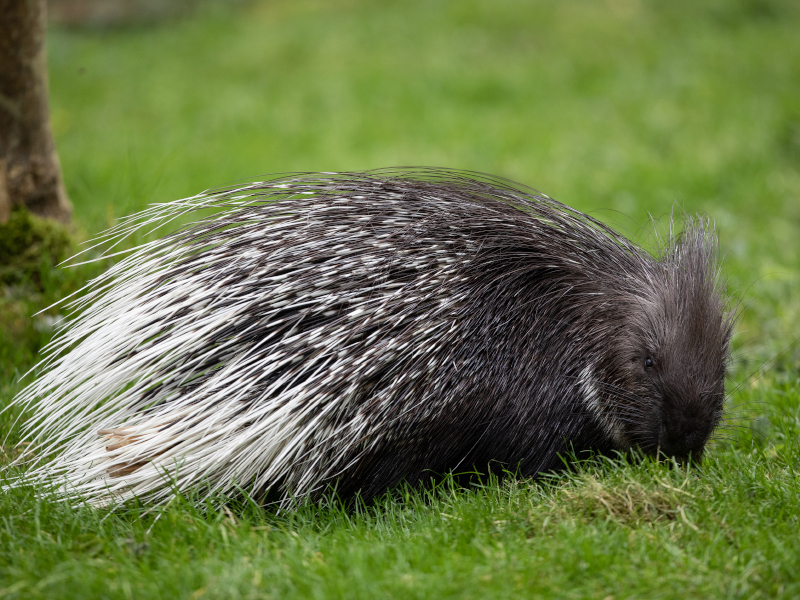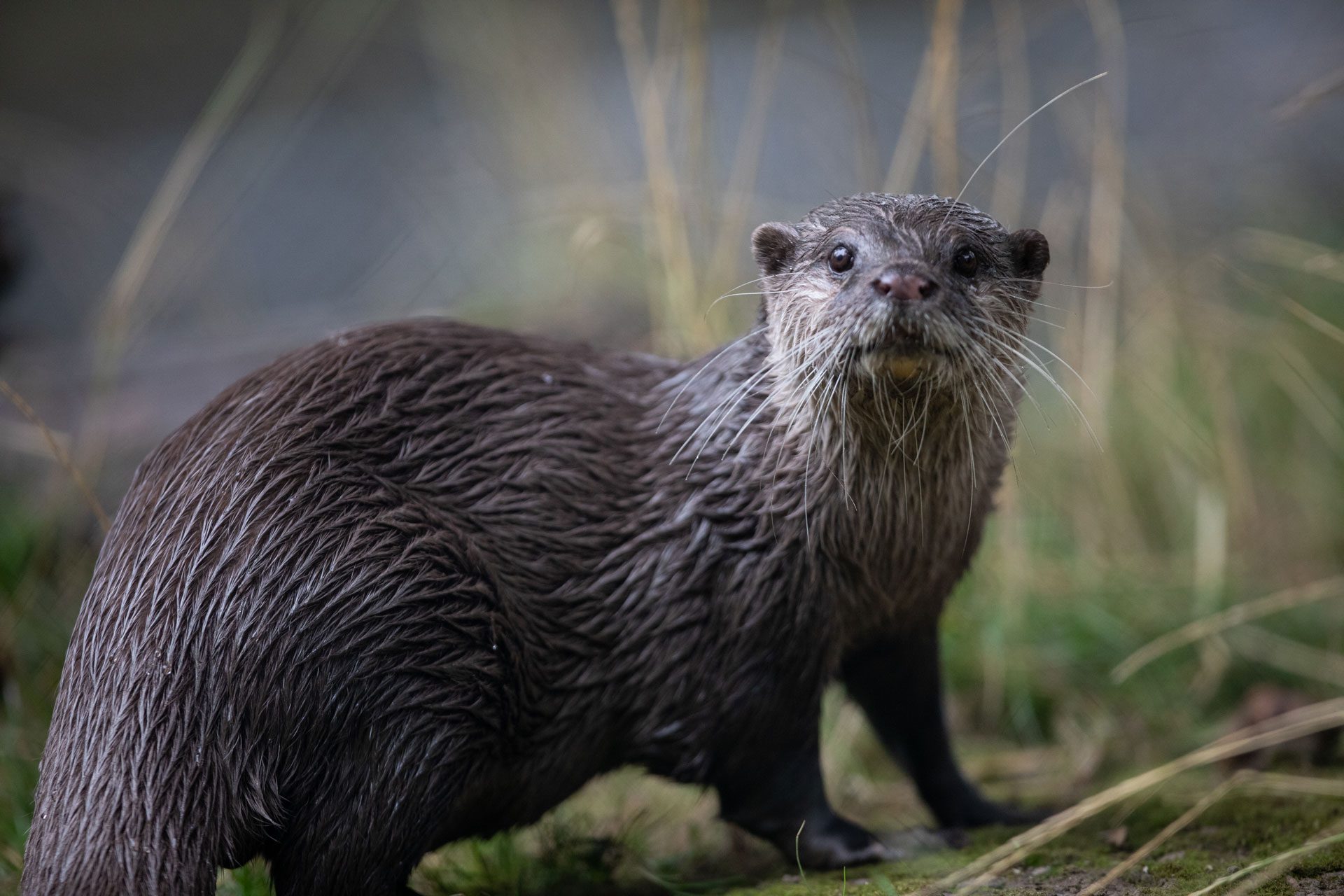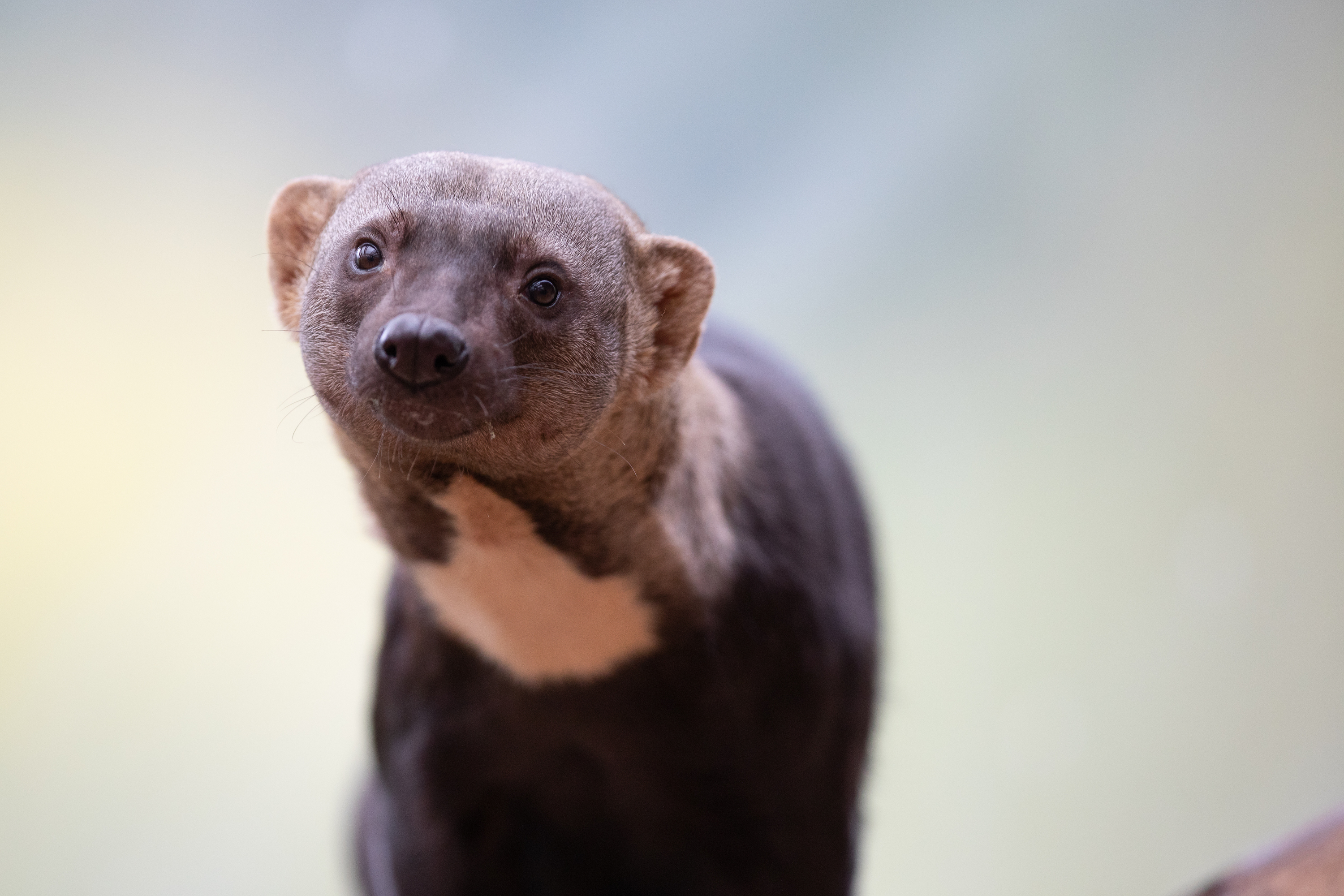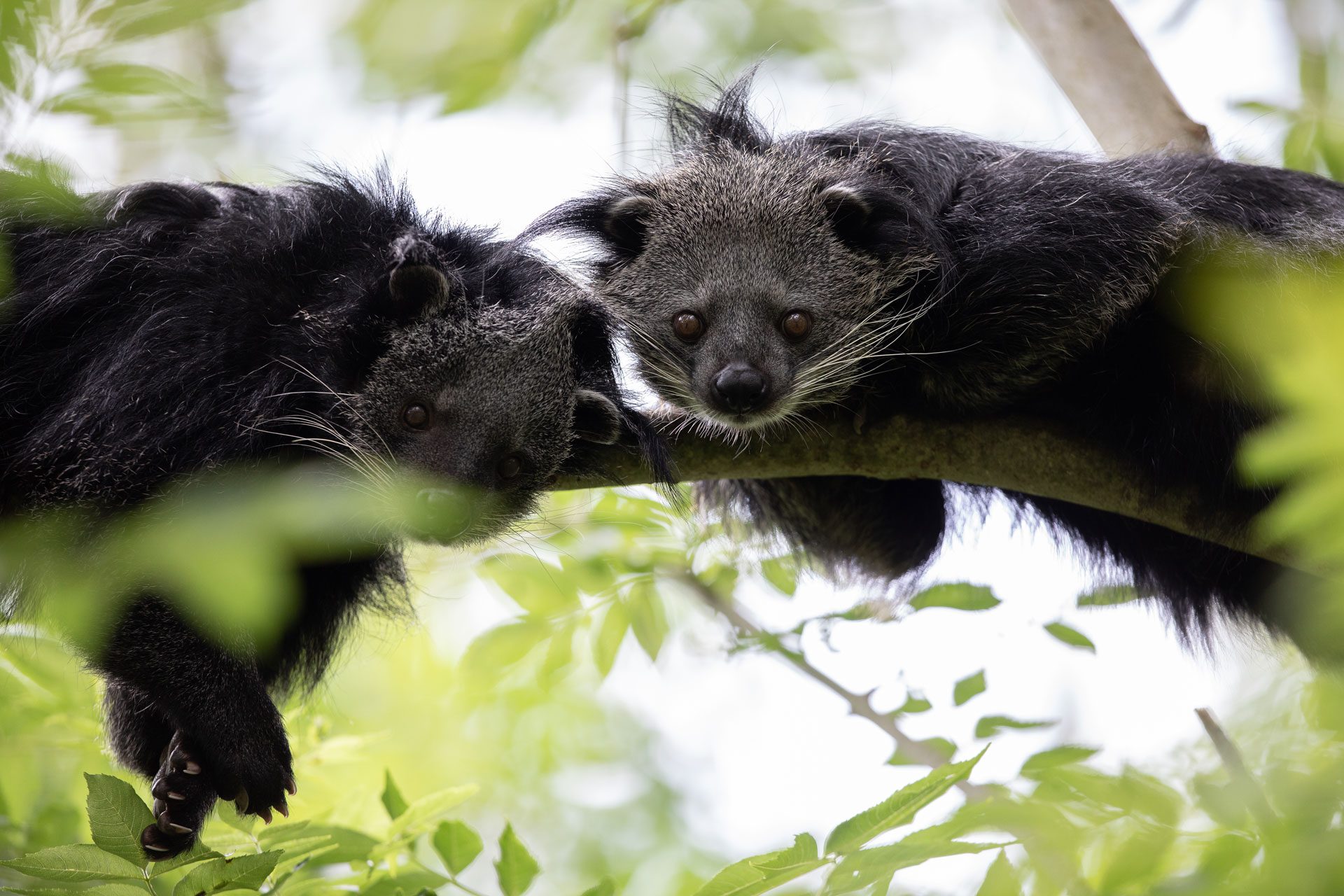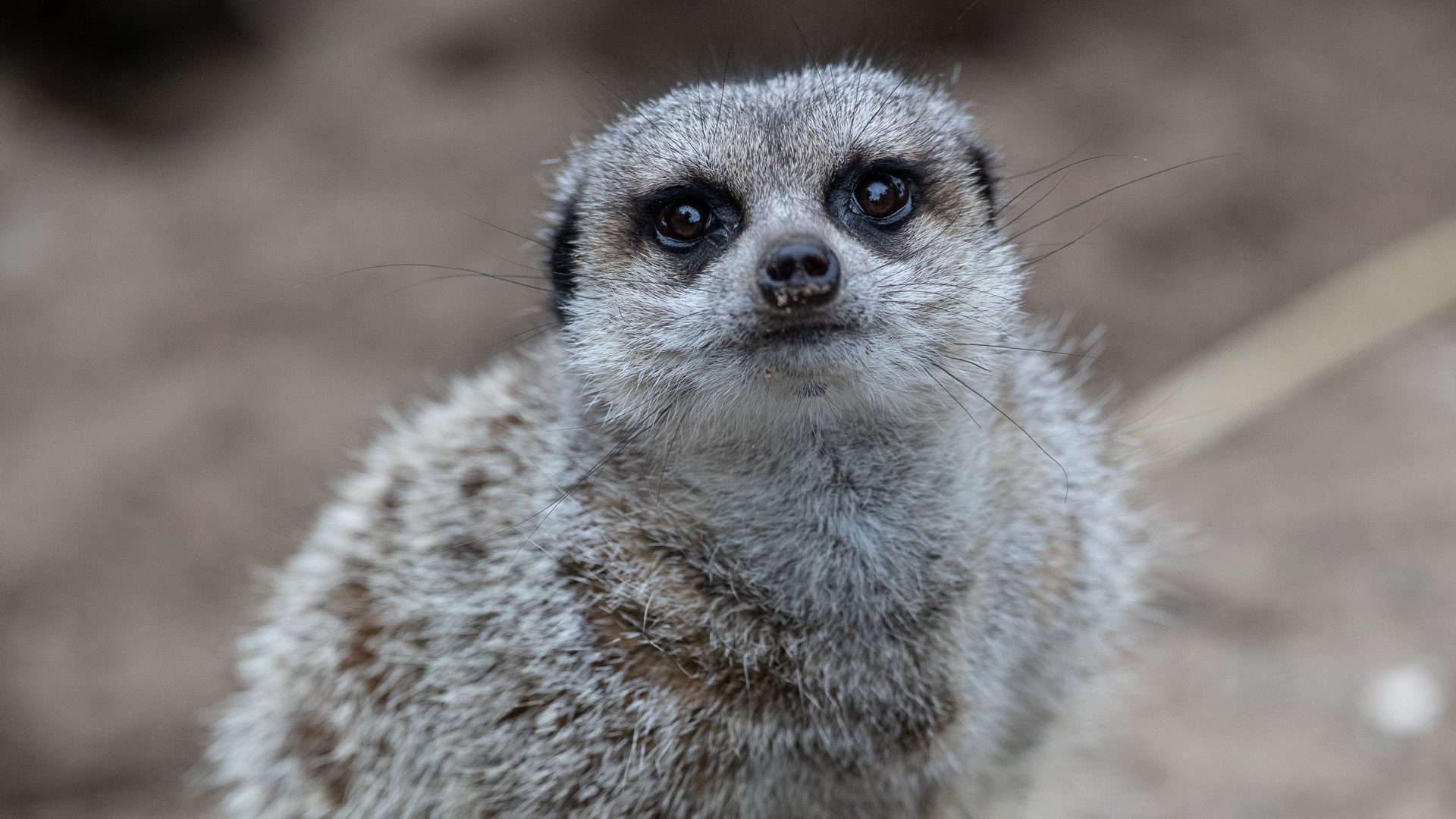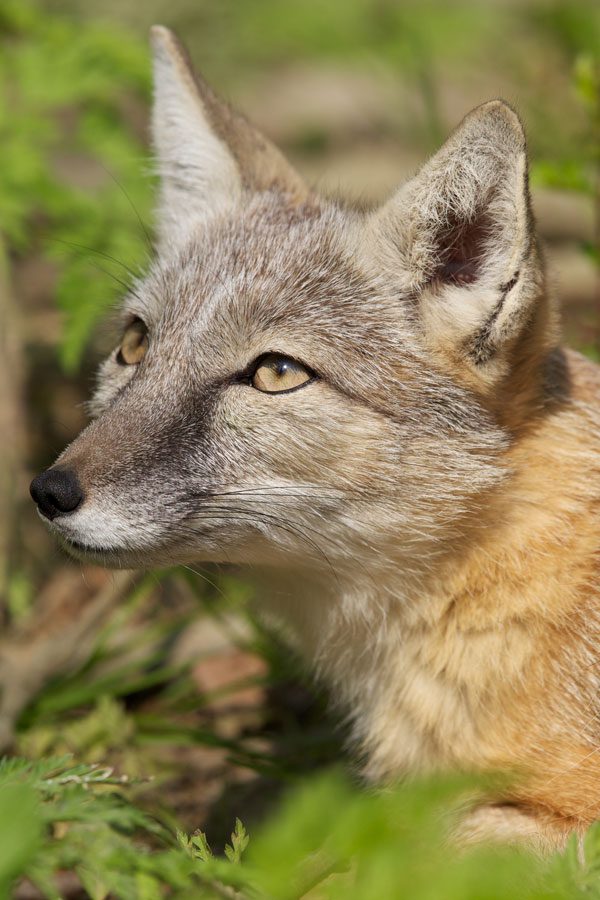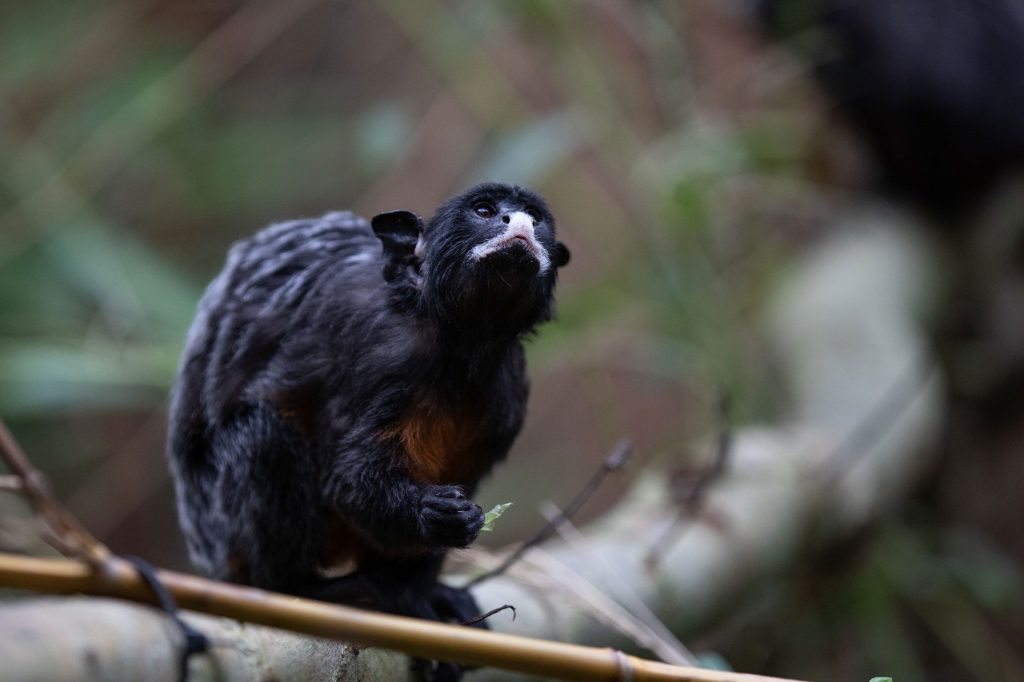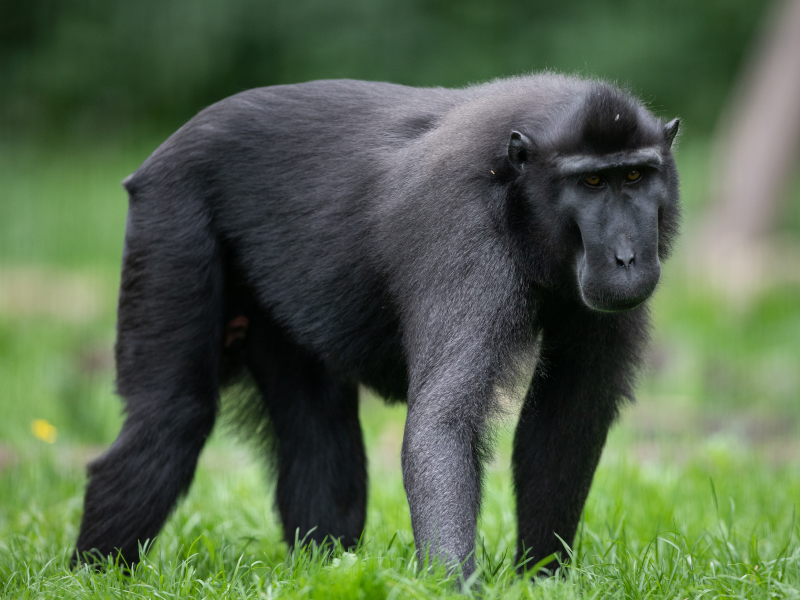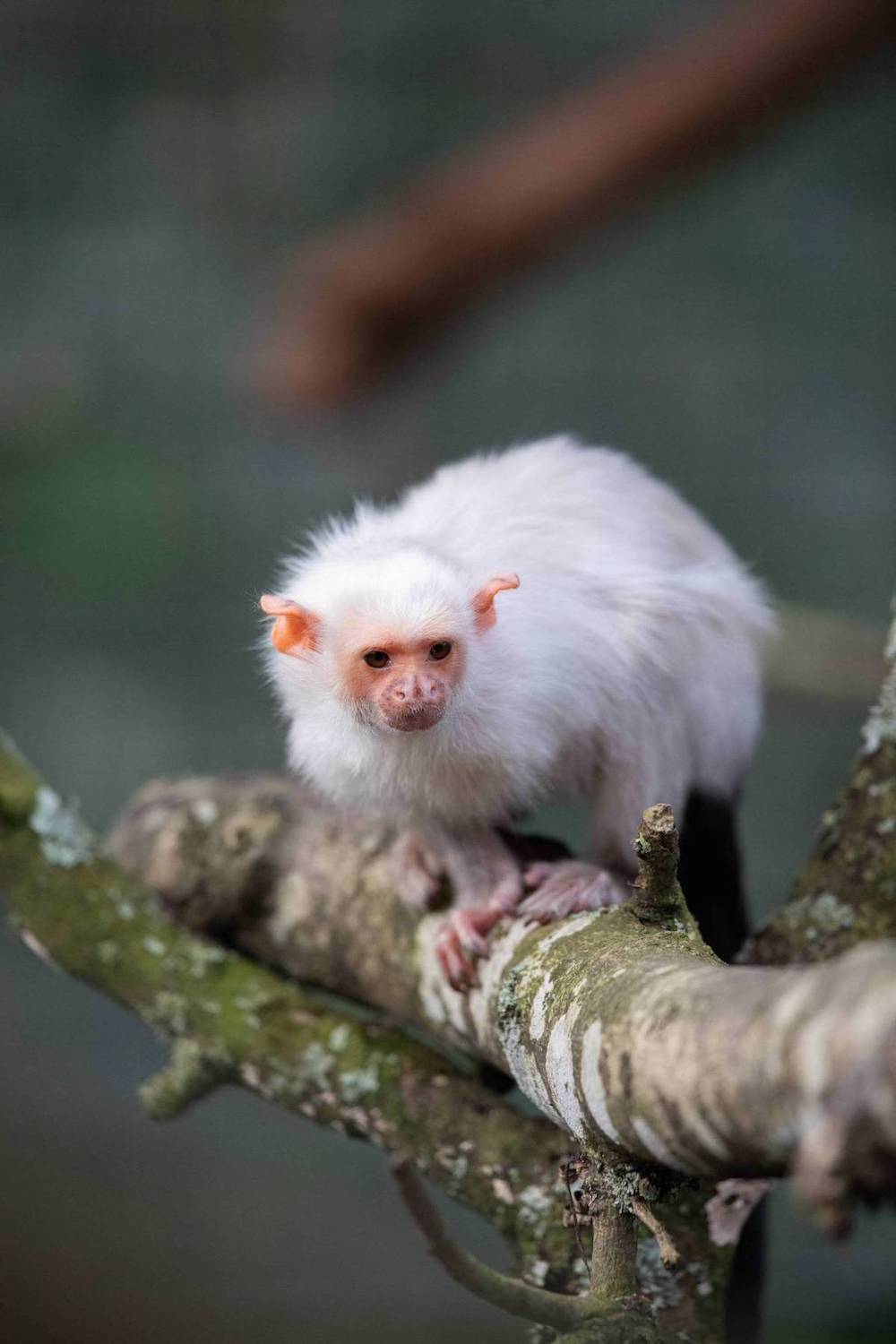Goeldi’s monkeys are an arboreal animal that spends most of their time in trees, at least 5 meters above the forest floor. They are active during the day.
They have a black coat that is sometimes tipped with grey or brown. They are social primates that live in groups of up to 12 individuals. They communicate with each other through facial expressions, body language and calls.
Goeldi’s monkeys play an important role in the ecosystem, in which they inhabit. By eating fruits, they carry out seed dispersal and therefore contribute to the healthy growth of plants in the rain forest.

Popular Searches
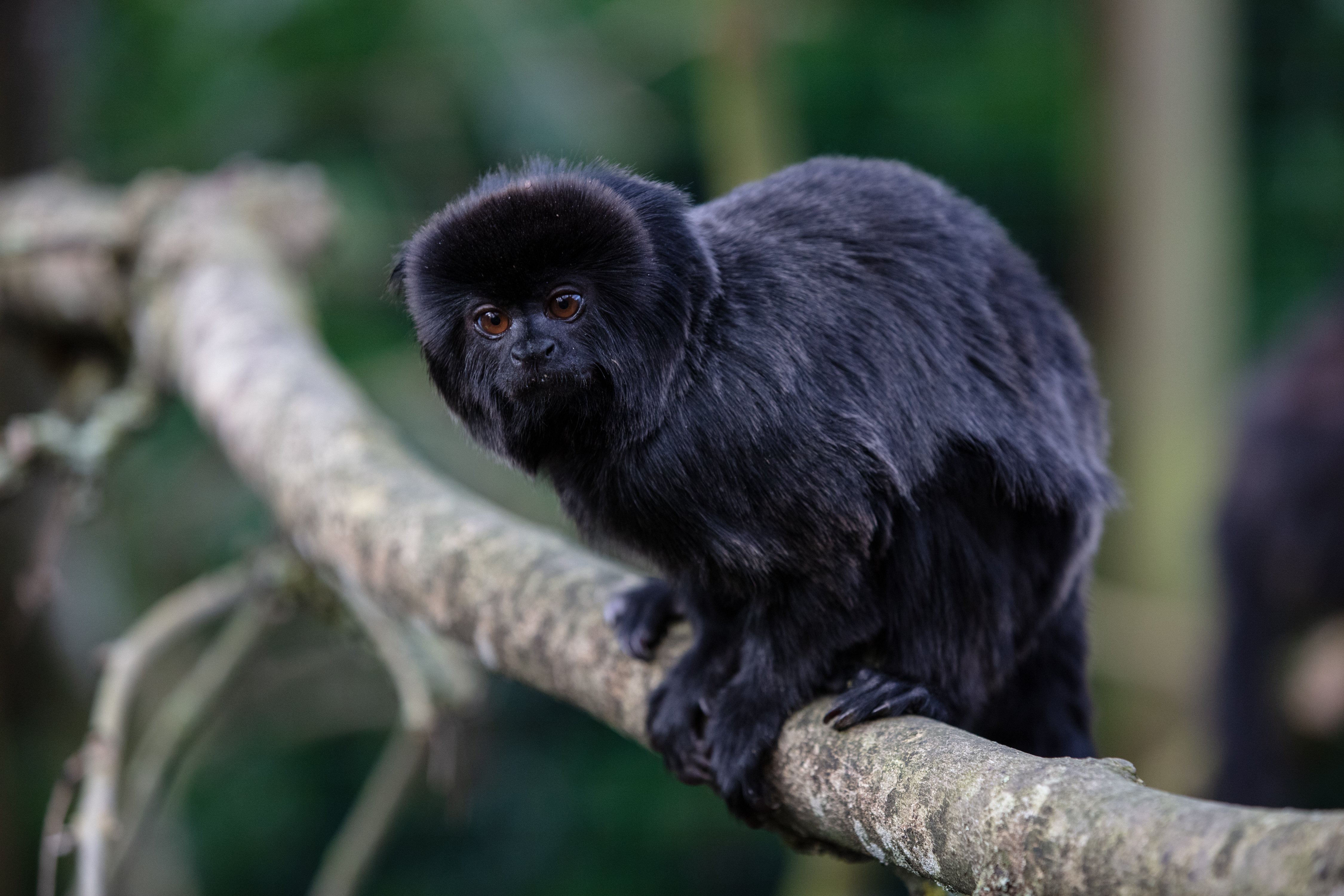
Goeldi’s monkey
-
Introduction
-
Conservation
Goeldi’s monkey are vulnerable.
It is thought that there will be a population decline of 30% or more over the next few years due to threats that the species are facing. Deforestation due to development of roads, small scale gold mining, land clearing for agriculture and habitat disturbance are all contributing to the decrease in population.
Over 75% of their population can be found in Peru.
Emerald Park conservation contribution:
EEP
Goeldis monkeys are part of the EAZA Ex-situ Programme (EEP). This means that their population is managed to ensure that there are heathy individuals within EAZA member zoos should there be the requirement of reintroductions, to the wild, in the future. -
Habitat
Goeldi’s monkeys are found in the western Amazon basin in Brazil, Bolivia, Peru, and Columbia. Their distribution within this territory is fragmented.
They will inhabit tropical rainforest with thick undergrowth that have a wide variety of their preferred food. -
Fun Facts
Goeldi’s monkeys will cooperate when raising young. Individuals in the group, called ‘helpers’, will share in carrying the infant until he or she can move independently. This usually occurs when the youngster is approximately 42 days old.



